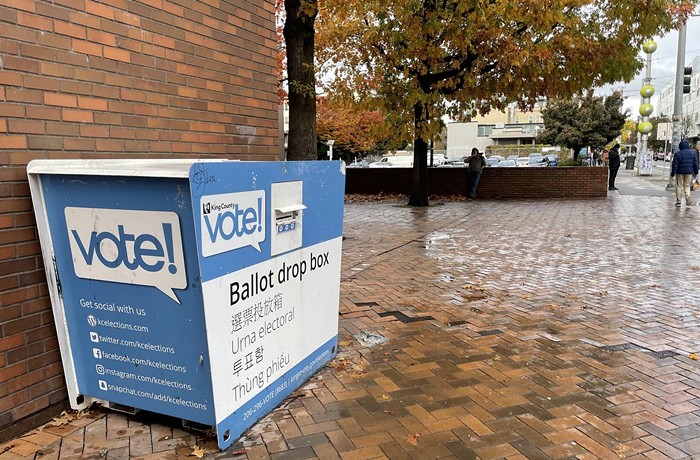Patrick "Ask the Pilot" Smith:
The 787 is the world’s newest and most sophisticated commercial jet. It entered service with Japan’s All Nippon Airways in October, 2011. JAL’s Boston-Narita service, introduced last spring, was the first 787 route in North America. The plane’s composite construction, along with much of its systems architecture, is for now unique among commercial jets. Teething problems, let’s call them, are common when new models are introduced. Jetliners undergo rigorous pre-delivery testing, and but they are large and highly complicated machines. Not everything works perfectly right from the blocks....
This is the third serious incident involving the 787′s aft equipment bay. The first two resulted in emergency landings—one by a pre-delivery 787 on a test flight in 2010; the other two months ago by a United 787 in New Orleans. Testing and certification criteria have come a long way since the days of the DC-10 and the Comet, and I am by no means calling the 787 unsafe, but still this trend is a worrying one. It could potentially affect the plane’s certification for overwater flying (so-called ETOPS restrictions dictate how far from diversion airports a twin-engine plane like the 787 is allowed to fly). Nevertheless, it’s important to keep in mind that not every technical problem involving a 787 is indicative of a design flaw. From this point on, we can expect the growing fleet of 787s to be under rather intense scrutiny. That’s good for obvious reasons, but also bad because the media, which goes bonkers over almost anything involving airplanes, is liable to overhype even minor malfunctions that have nothing to do with the plane’s engineering.
I'm a nervous flyer... so, yeah, I'm kindasorta invested in the whole notion that new airplane models should work perfectly "right from the blocks." But I will somehow find the inner strength—or the outer Xanax—to defer Patrick's expertise on this one. (Via BalloonJuice.)

















